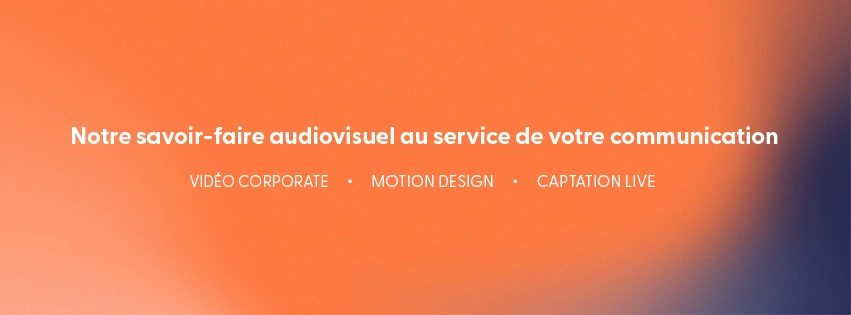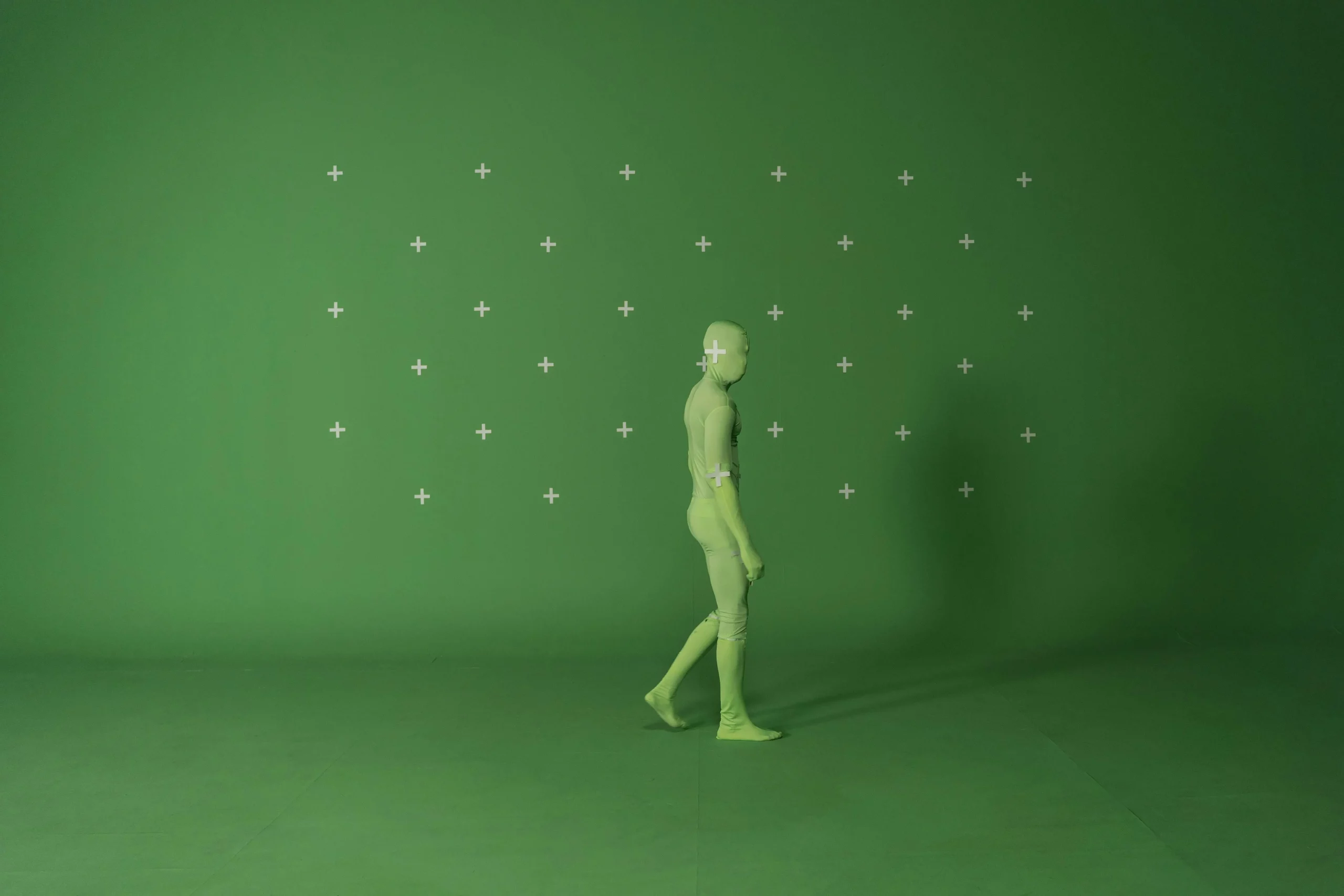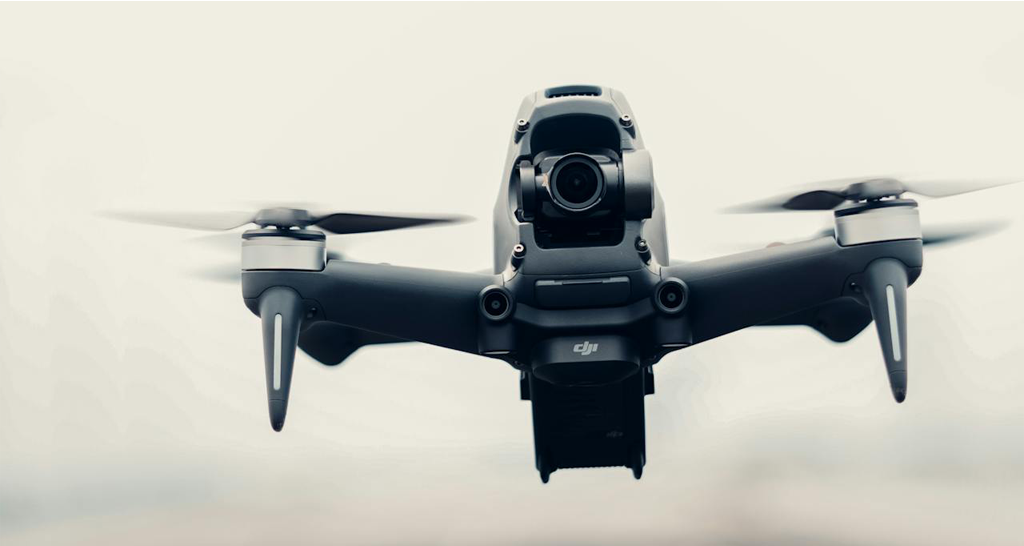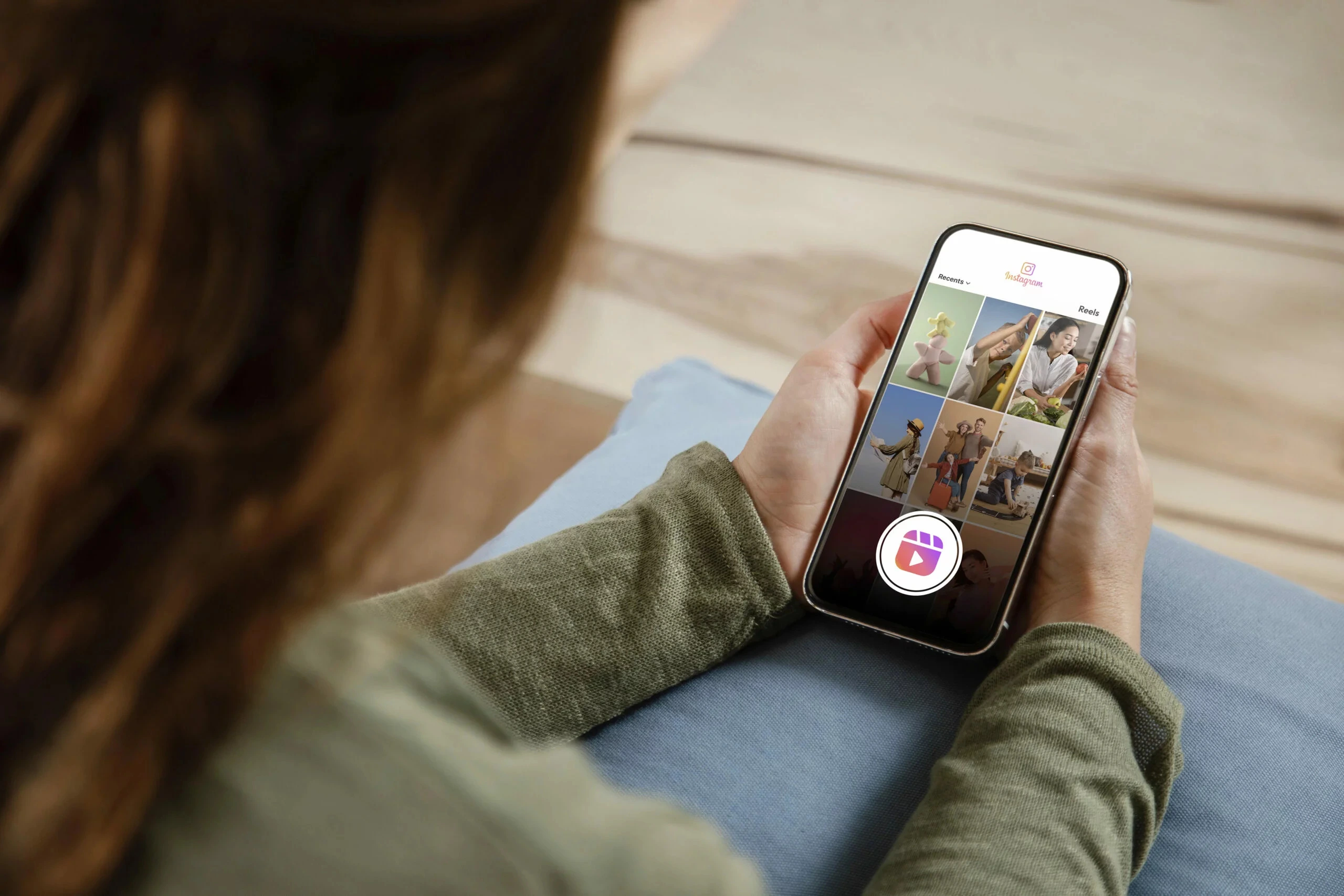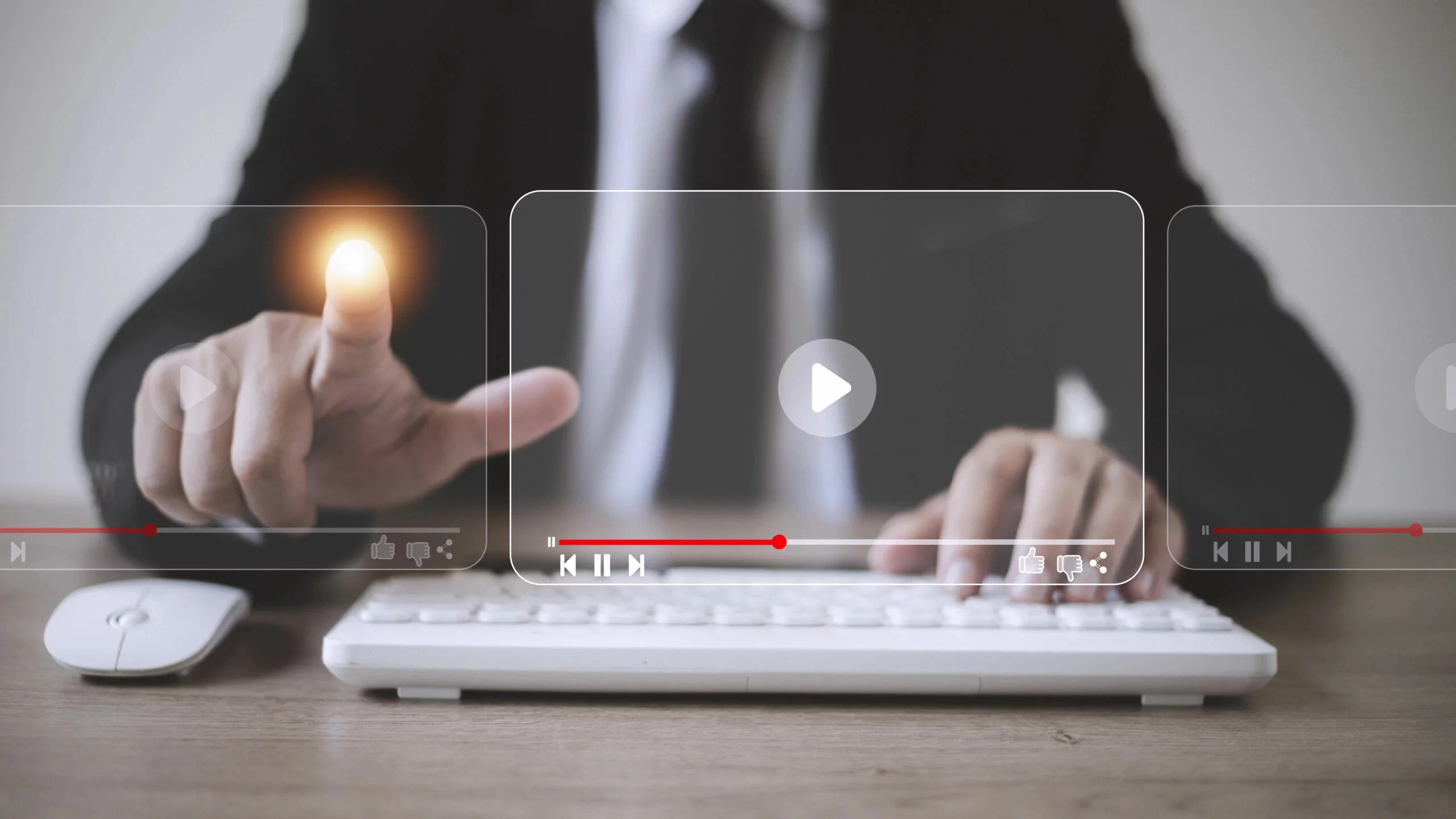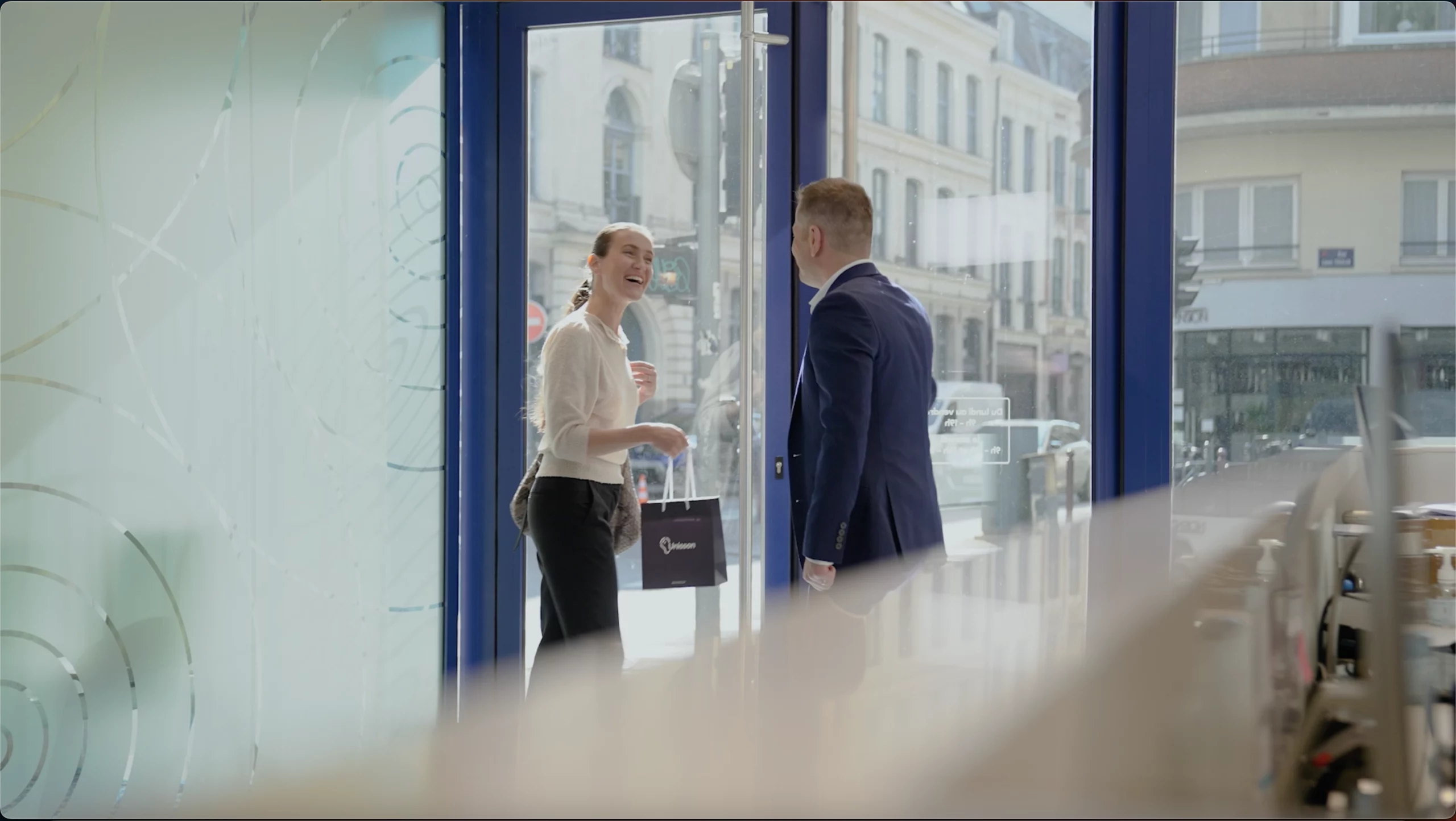
In the dynamic world of audiovisual communication, mastery of plan values is a major asset. These different types of shots create a powerful visual narrative, enhance engagement and reinforce brand identity. Understanding and using these techniques effectively can make all the difference to your communication campaigns.
The fundamentals of plan values
Overall plan
As the name suggests, the overall shot provides a general view of the scene or environment. It’s ideal for setting the scene, introducing the location and situating the action. For example, in a corporate video, a general shot of a head office or company event can help give an idea of the scale and importance of the scene.
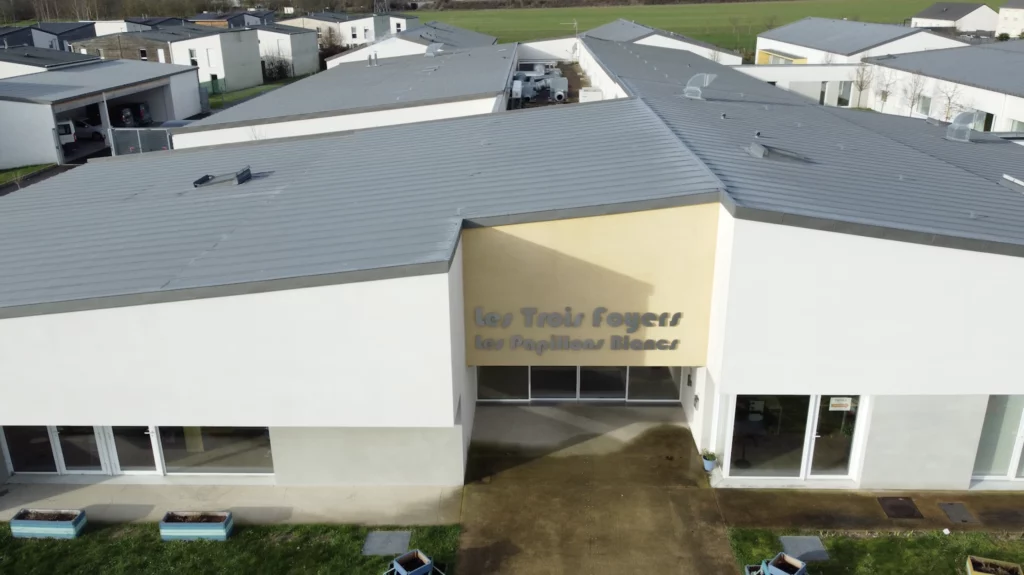
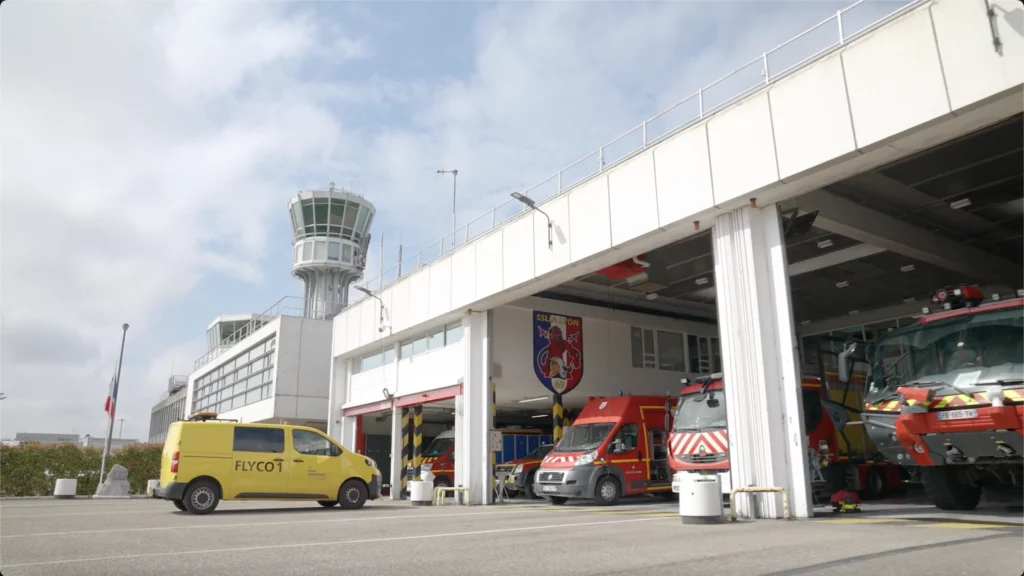
Medium plan
The medium shot focuses on a group of subjects or a subject in its immediate environment. It is often used to show the interactions between people and their environment. This type of plan allows you to situate people in their environment, while specifying their movements.
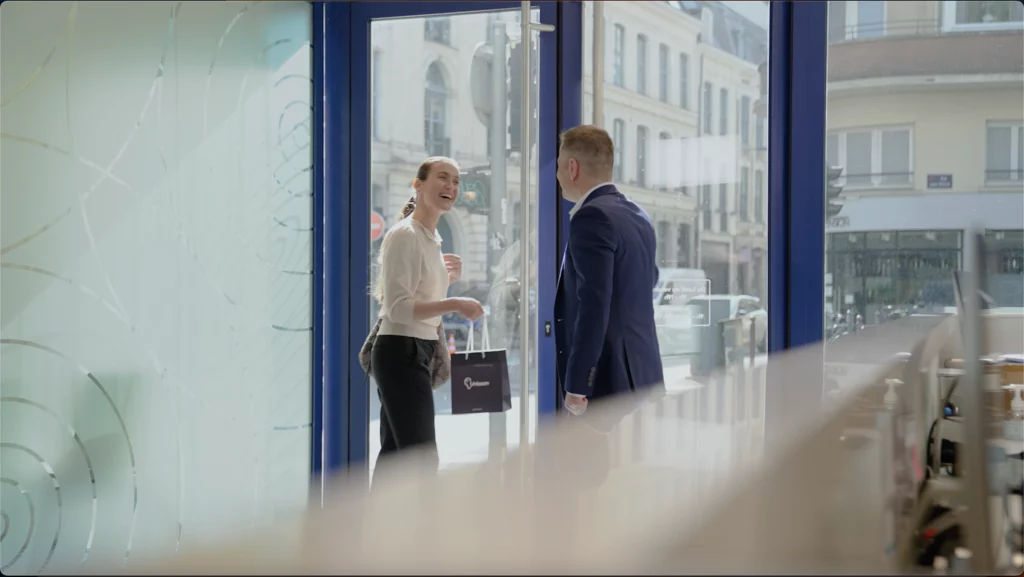
Close-up or long shot
The close-up focuses on the main subject, often from waist to shoulders. It is used to highlight emotions and specific details. In corporate communications, a close-up shot can capture an executive’s facial expressions during a speech, reinforcing the emotional impact of the message.
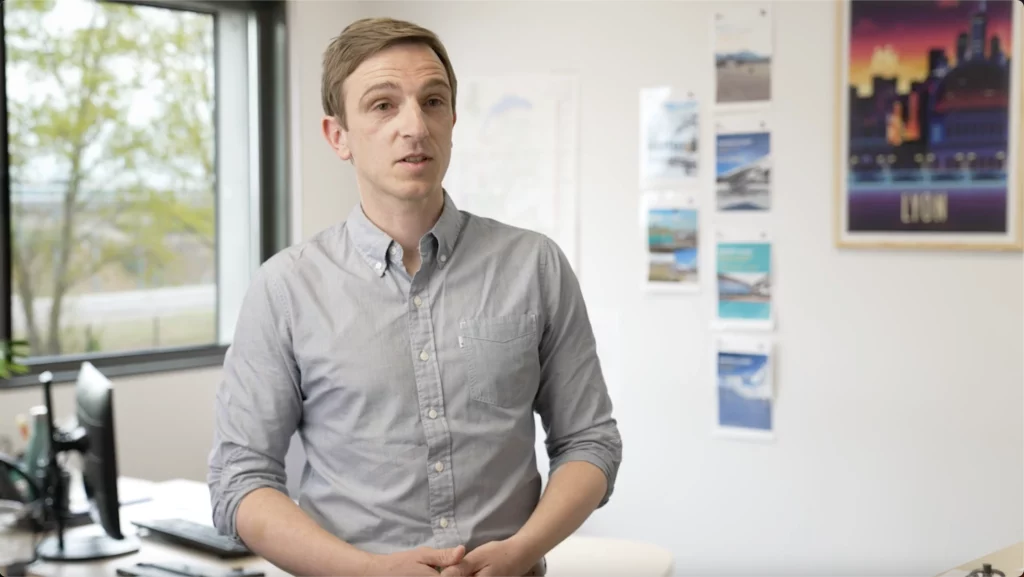

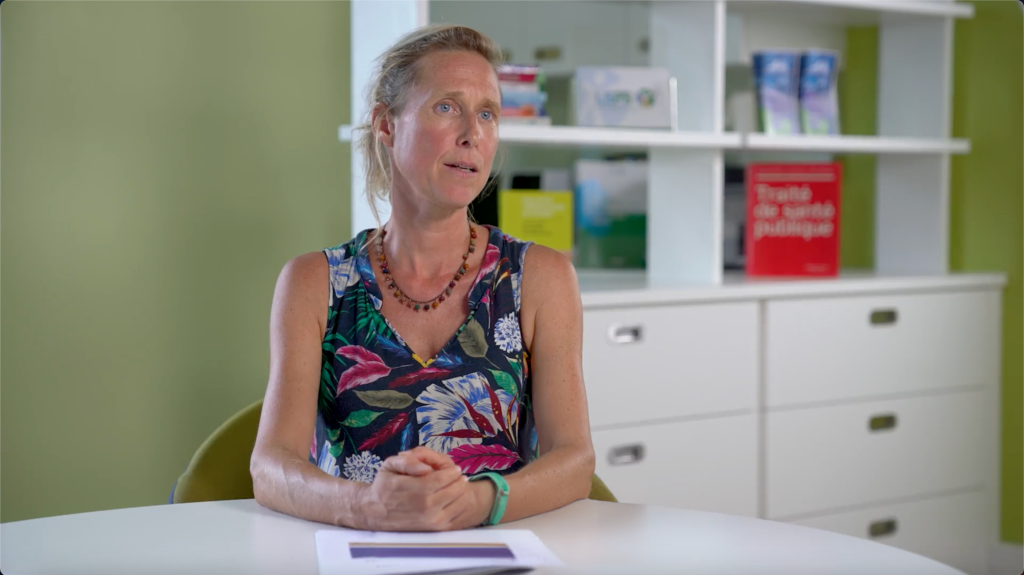
Close-up
The close-up is the most intimate of shots, highlighting subtle details such as facial expressions or important objects. Used sparingly, it can make a scene much more poignant and captivating. For example, a close-up of a craftsman’s hands at work can illustrate precision and craftsmanship, adding a human dimension to your content.
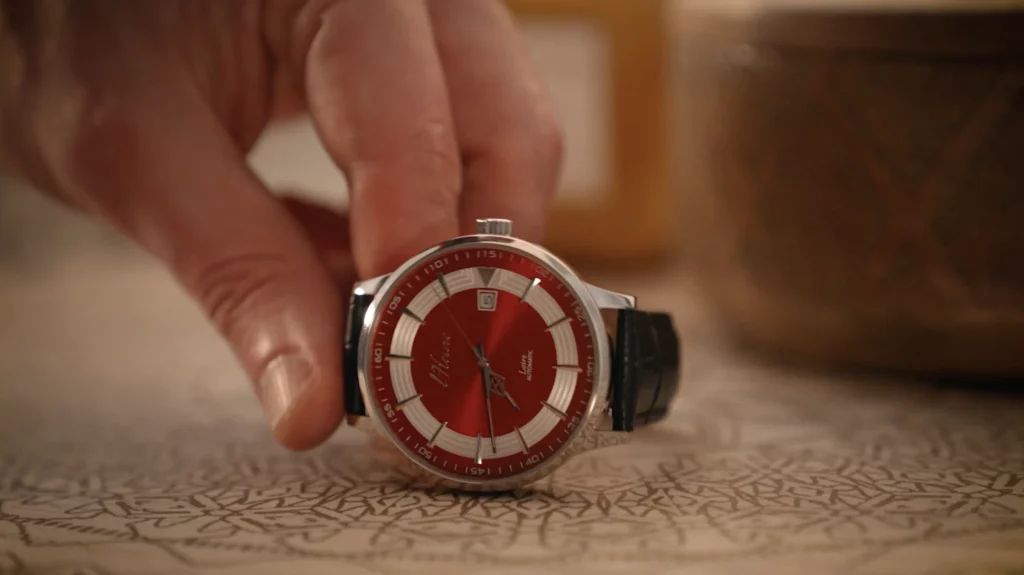
Plan values at the heart of strategy
Visual storytelling
The different shots are the basic elements of visual storytelling. A long shot can introduce the story, a medium shot can show interactions, and a close-up can highlight key moments. By strategically combining these elements, you can guide the audience through a coherent and engaging narrative experience.
Branding
Plan values must be in harmony with the brand image. For example, a luxury brand might prefer close-ups to highlight the details of its products, while a technology company might use general shots to showcase its infrastructure.
Marketing and advertising
Effective advertising campaigns use a variety of plans to captivate the audience. An advertisement for a bicycle, for example, might use a general shot to show the bike in action, a medium shot to get closer to the subject, and a close-up to highlight the details of its design.
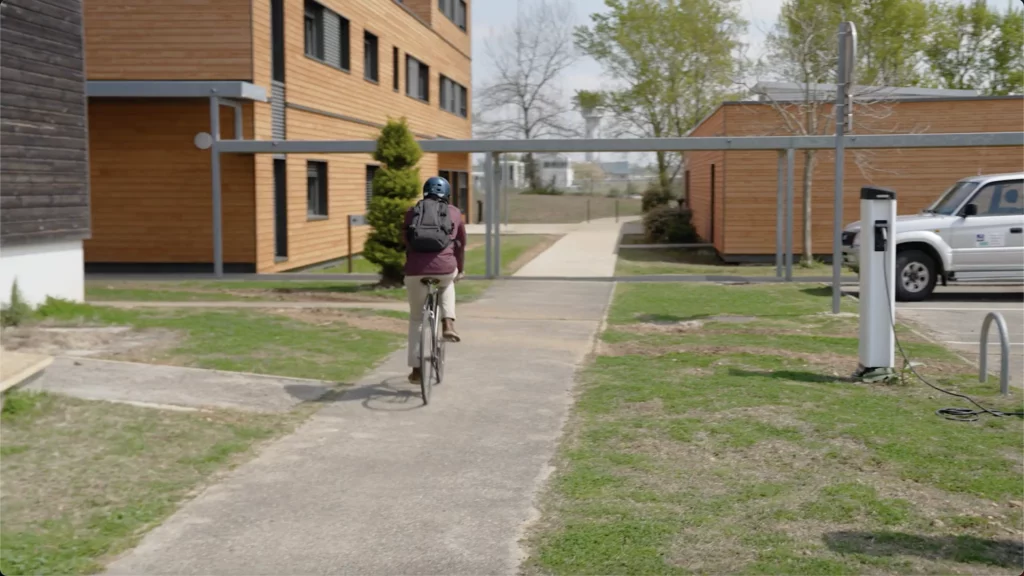
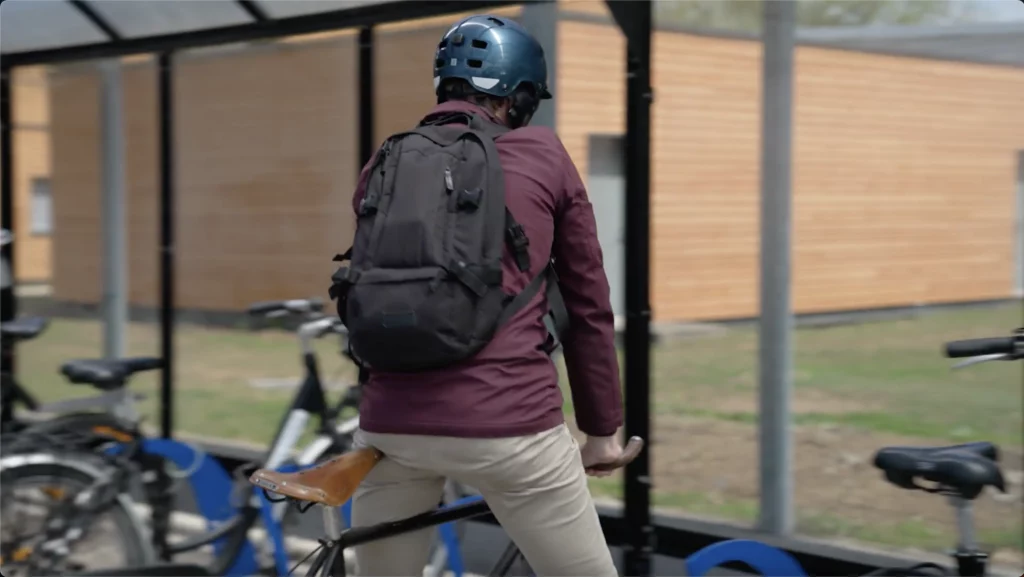
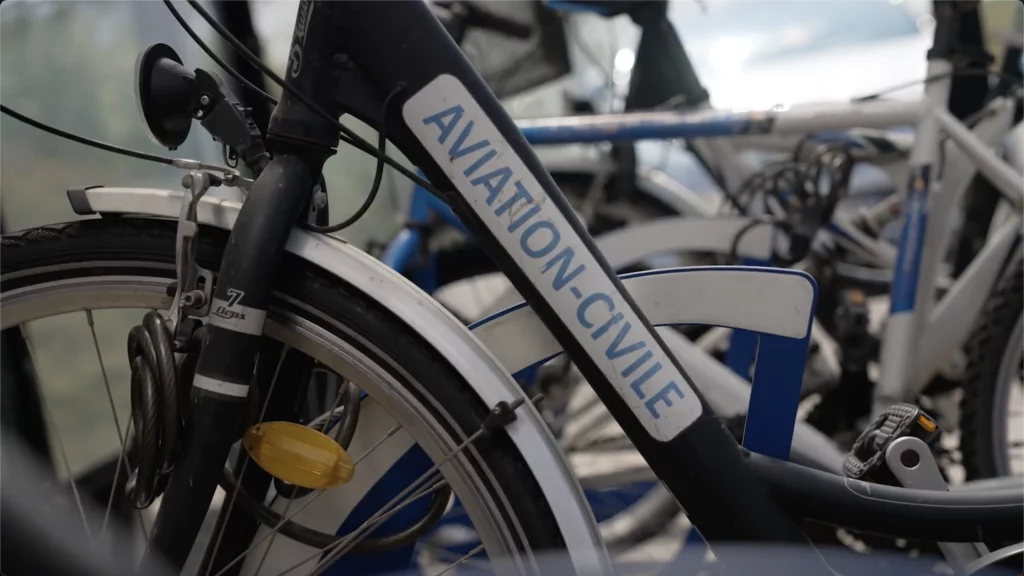
A few technical tips
Visual consistency
Maintaining consistency in the use of plans is crucial. Each video must reflect the brand’s style and image. For example, if your brand is known for its minimalist approach, opt for uncluttered shots and avoid busy compositions.
Interaction with directors and videographers
It’s essential to communicate your expectations to video professionals. Clearly explain your vision and how you intend to use the different plan values to achieve your communication objectives.
Plan values are powerful tools in the visual communication toolbox. By understanding and mastering these techniques, you can create video content that captivates, engages and effectively communicates your message.
Our agency, La petite production has chosen to integrate experienced video directors to help you produce your corporate videos. Contact us for personalized advice on your next video communication campaign. Together, we can create visual stories that leave a lasting impression.
